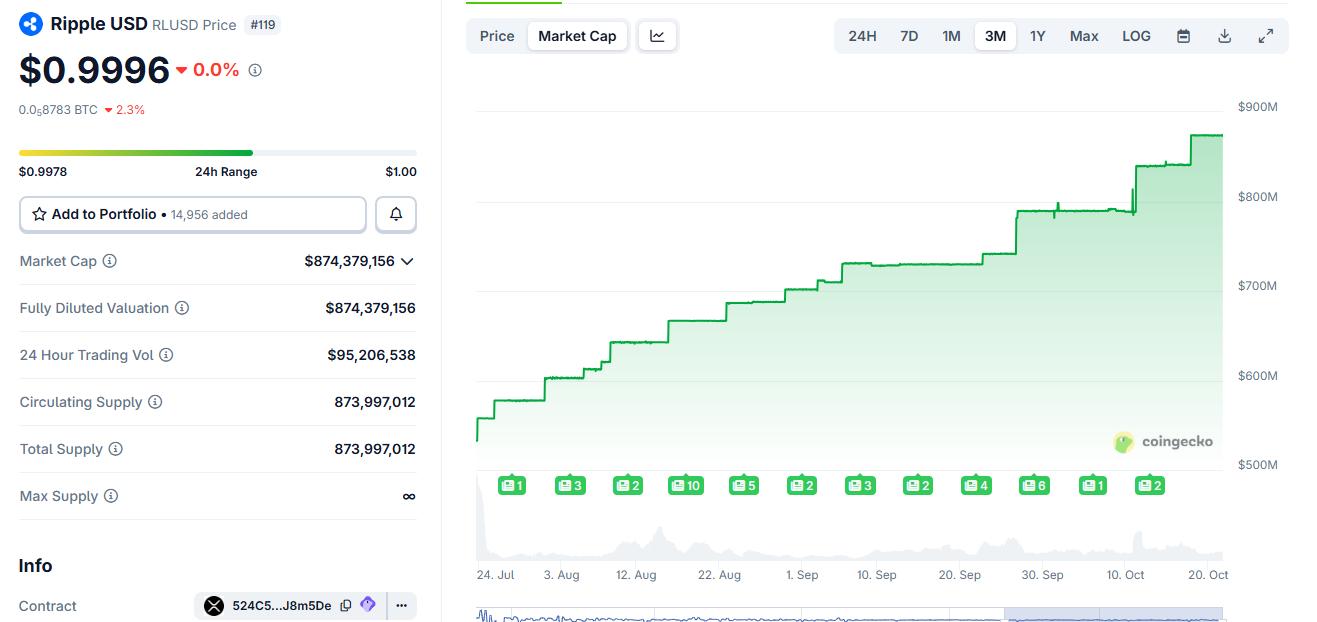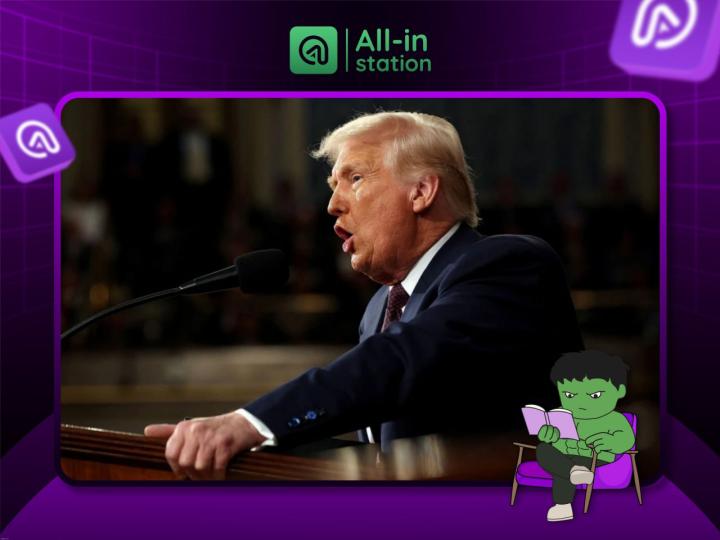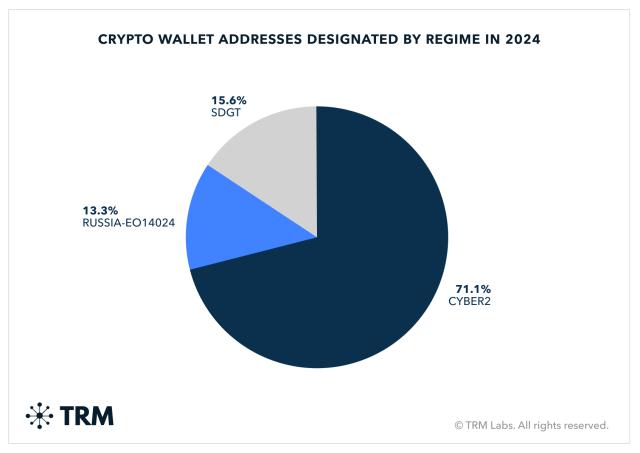The Federal Reserve’s new proposal for a “Skinny Master Account” could change how fintech companies, stablecoin issuers, and crypto-focused banks access the US financial system — with Ripple potentially benefiting significantly.
Governor Chris Waller announced the plan at the Fed's Payments Innovation Conference, introducing a limited-access account that would allow any legally qualified company to connect directly to the Fed's payment system.
Ripple could connect directly to the US payment system
The Fed's payments system is the backbone of the US banking system . They move money between financial institutions instantly, supporting services like transfers and clearing.
Currently, only licensed banks can use the system directly. The latest announcement will allow fintech and blockchain companies to access real-time payments without relying on partner banks.
Ripple, which applied for a Fed primary account earlier this year, could see this as a major breakthrough.
The company has long aimed to connect blockchain transactions with traditional financial infrastructure, most recently through its RLUSD stablecoin and its enterprise liquidation network.
Unlike the full master account, the “lite” version will not grant privileges like borrowing from the Fed or earning interest on reserves.
It will, however, provide important payment capabilities — the same system that commercial banks use for domestic transactions.
Ripple continues to expand its institutional operations
This development comes as Ripple expands its footprint in the institutional sector.
In mid-October, Ripple announced its $1 billion acquisition of GTreasury , a global treasury management platform that serves more than 1,000 enterprise clients.
Furthermore, the deal positions Ripple to integrate blockchain liquidation solutions into its enterprise treasury systems, complementing its efforts to ensure access to payment infrastructure.
Ripple also supports Evernorth , a newly listed entity seeking over $1 billion to hold and deploy XRP as an institutional liquidation asset.
The initiative coincides with RLUSD's rise towards a $1 billion market Capital , signaling increased use of Ripple's ecosystem for real-world transactions.
 Ripple RLUSD Stablecoin Market Capital Chart. Source: CoinGecko
Ripple RLUSD Stablecoin Market Capital Chart. Source: CoinGeckoIf passed, the Fed’s limited-access master account framework could provide the legal bridge Ripple has been seeking since its legal battles with the SEC.
It will allow legally recognized entities like Ripple to connect RLUSD and XRP liquidation directly into the US payment network, reducing reliance on intermediaries.
Such access could validate compliant blockchain-based payment models and promote stablecoin integration into corporate finance.
It could also strengthen Ripple's argument for treating RLUSD as a payment instrument.
For the Fed, the proposal reflects a cautious openness to innovation. It expands access to core payments infrastructure while limiting monetary tools and risks.
For Ripple and other regulated digital asset companies, this could be the closest step to operating alongside traditional banks on equal payment terms.







